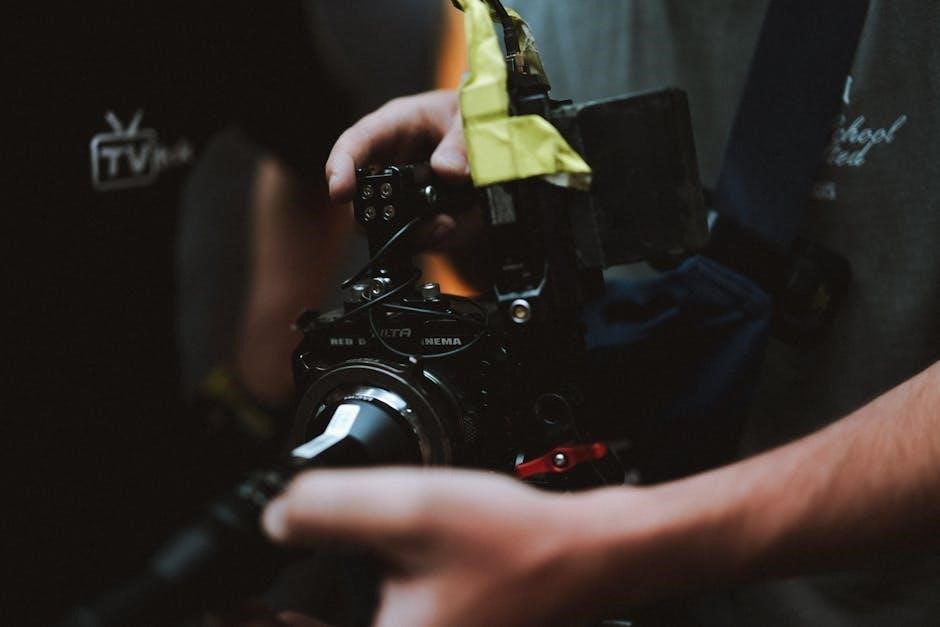manual focus lens
Manual focus lens provides photographers with control over their photos using the ring around the lens for focusing, a vital setting to know and use in various situations effectively always.
Definition of Manual Focus
Manual focus refers to a focusing mode where the photographer does the focusing by turning a focus ring to tell the lens where to focus, this is in contrast to autofocus.
In manual focus, the photographer has full control over the focusing process, allowing for precise and deliberate focusing.
This mode is particularly useful in situations where autofocus may struggle, such as in low light or with complex compositions.
The manual focus mode requires the photographer to be more engaged and active in the focusing process, which can lead to a more intimate and deliberate connection with the subject.
Overall, manual focus is a fundamental concept in photography that allows photographers to have creative control over their images.
The definition of manual focus is simple, yet it requires a good understanding of the camera’s mechanics and the photographer’s intentions.
By using manual focus, photographers can achieve unique and distinctive results that reflect their personal vision and style.
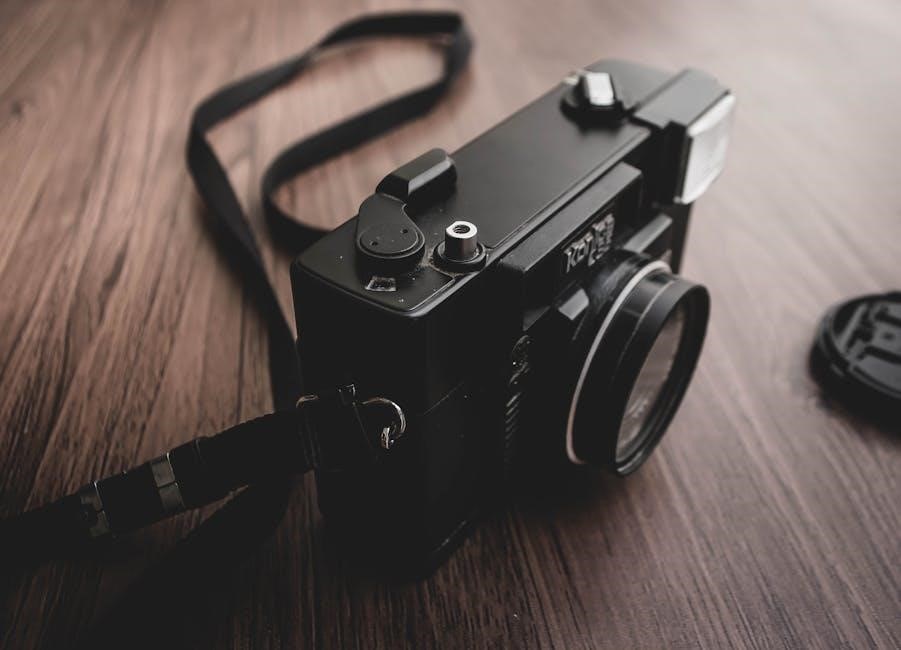
History of Manual Focus
Manual focus originated with early cameras, evolving over time with technological advancements in optics and camera design always slowly.
Early Days of Autofocus
The early days of autofocus saw significant developments, with Konica introducing the first mass-produced autofocus SLR in 1977, the C35 AF, which paved the way for future innovations in camera technology. Although autofocus was initially met with skepticism, it eventually gained traction in the mid 80s and early 90s, with Nikon integrating motors into the lens itself in 1992, making autofocus quicker and more reliable. This marked a significant turning point in the history of camera technology, as autofocus began to become a standard feature in cameras, offering photographers a new level of convenience and flexibility. The introduction of autofocus also led to changes in the way photographers worked, with many adapting to the new technology and exploring its creative possibilities. As a result, autofocus has become an essential component of modern cameras.
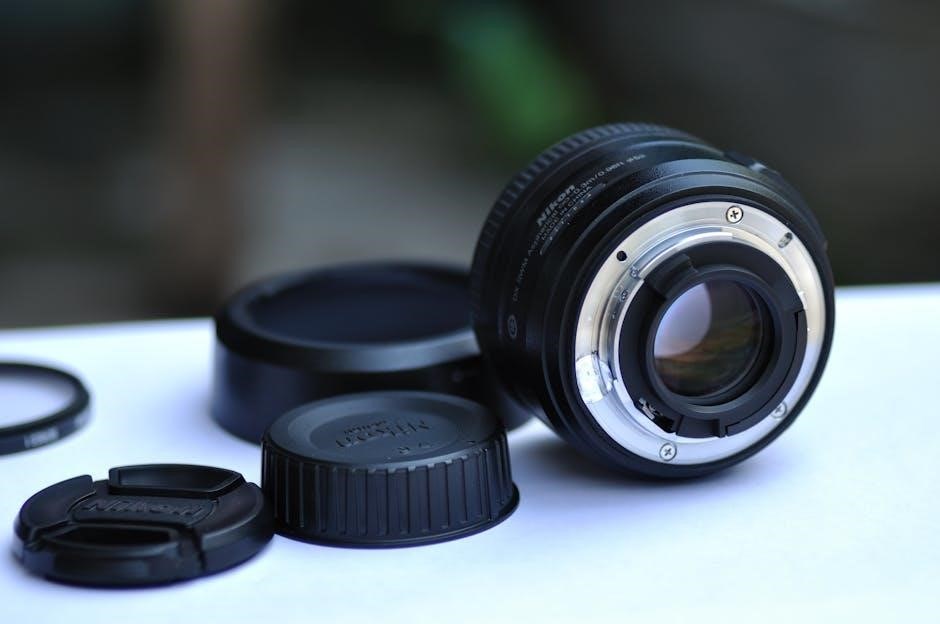
Comparison with Autofocus
Manual focus lens differs from autofocus in terms of control and flexibility offered to photographers always using the lens ring for focusing effectively every time.
Speed and Accuracy
Manual focus lens can be slower and less accurate compared to autofocus, as it relies on the photographer’s skills to focus the lens correctly. The speed of manual focus can be a disadvantage in situations where quick focusing is necessary. However, with practice and experience, photographers can improve their manual focusing skills, allowing them to focus quickly and accurately. The accuracy of manual focus also depends on the lens and camera used, as well as the photographer’s understanding of the subject and the scene. Overall, manual focus lens requires more time and effort to achieve accurate focus, but it can provide more control and flexibility in certain situations, making it a valuable tool for photographers who want to create high-quality images. This aspect of manual focus lens is crucial in understanding its limitations and benefits.
Control Over Photos
Manual focus lens provides photographers with greater control over their photos, allowing them to make creative decisions about the focus and composition of the image. Through manual focusing, photographers can choose exactly what to focus on, and how to frame the shot. This level of control enables photographers to create unique and distinctive images that reflect their personal vision and style. With manual focus lens, photographers are not limited by the camera’s autofocus system, and can instead use their own skills and judgment to achieve the desired effect. This control over photos is a key benefit of using manual focus lens, and is particularly valued by photographers who want to create high-quality, professional-looking images. The ability to control the focus and composition of the image is essential for creating photos that stand out from the crowd.
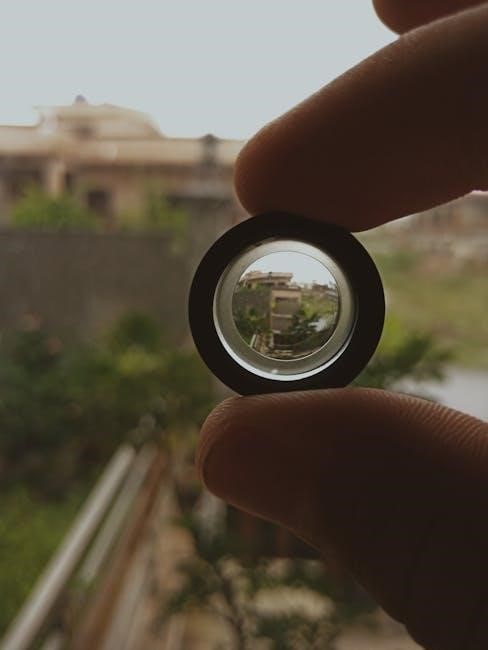
Advantages of Manual Focus Lens
Manual focus lens offers several advantages including improved control and creative freedom always available to photographers using this type of lens effectively every time.
No Confusion with Aperture
Manual focus lenses eliminate confusion with aperture, as the logic of f-stops can be backwards, with bigger numbers meaning smaller apertures, which can be confusing for some photographers.
Using a manual focus lens simplifies the process, allowing photographers to focus on composition and other aspects of photography without worrying about aperture settings and their effects.
With a manual focus lens, photographers can easily adjust the aperture and focus without confusion, making it a great option for those who want more control over their photos.
This simplicity can lead to better photos and a more enjoyable photography experience, as photographers can concentrate on capturing the moment rather than dealing with complex aperture settings.
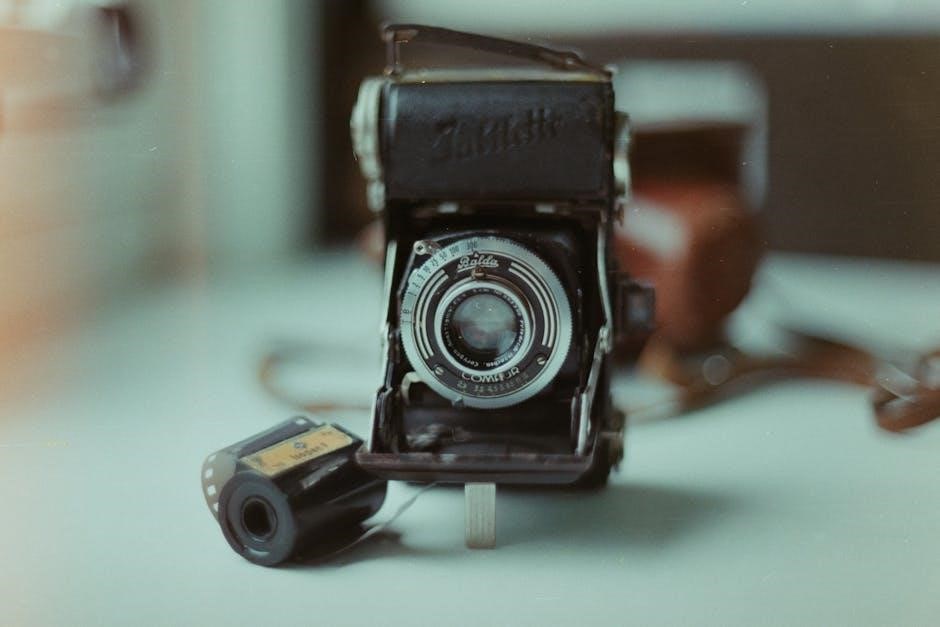
Disadvantages of Manual Focus Lens
Manual focus lens has drawbacks including slower speed and potential for blurry photos due to focusing issues always requiring attention and skill to operate effectively online.
Chimping
Chimping is a term used to describe the habit of constantly checking the camera’s screen after taking a photo, which can be a significant disadvantage of using a manual focus lens. This behavior can lead to missed shots and a decrease in overall productivity. When using a manual focus lens, photographers need to be more mindful of their surroundings and trust their skills to capture the perfect shot. By doing so, they can avoid chimping and focus on the creative process. Chimping can also distract photographers from the scene, causing them to lose focus on the subject and ultimately, the shot. Therefore, it is essential to develop the discipline to trust the camera and the skills, and to minimize chimping when using a manual focus lens to achieve better results and improve photography skills. This requires practice and patience to master the technique.
Losing Shots
Losing shots is a common issue when using a manual focus lens, as it can be challenging to focus quickly and accurately. This can result in missed opportunities and a lower success rate. When the subject is moving or the scene is changing rapidly, manual focus can be particularly difficult. In these situations, the photographer may struggle to keep up with the action, leading to lost shots and frustration. To minimize the risk of losing shots, photographers need to develop their manual focusing skills and learn to anticipate the action. By practicing and refining their technique, they can improve their chances of capturing the perfect shot and reduce the number of lost opportunities. Effective use of manual focus requires a combination of skill, experience, and patience to achieve the desired results. This is especially true in fast-paced and dynamic environments.
Manual focus lens provides a unique set of benefits and challenges for photographers to master and use effectively always with great skill and patience every time.
Importance of Manual Focus Lens
Manual focus lens is a crucial tool for photographers who want to have complete control over their images. The ability to manually focus allows for greater precision and accuracy, especially in situations where autofocus may struggle. This is particularly important for photographers who work in genres such as portrait, landscape, or still life, where precise control over focus is essential. By using a manual focus lens, photographers can ensure that their images are sharp and well-defined, with a level of detail that may not be possible with autofocus. Additionally, manual focus lenses often have a more aesthetic appeal, with a unique character and look that can add to the overall quality of the image. Overall, the manual focus lens is an important part of a photographer’s toolkit, and one that can help to take their images to the next level.
